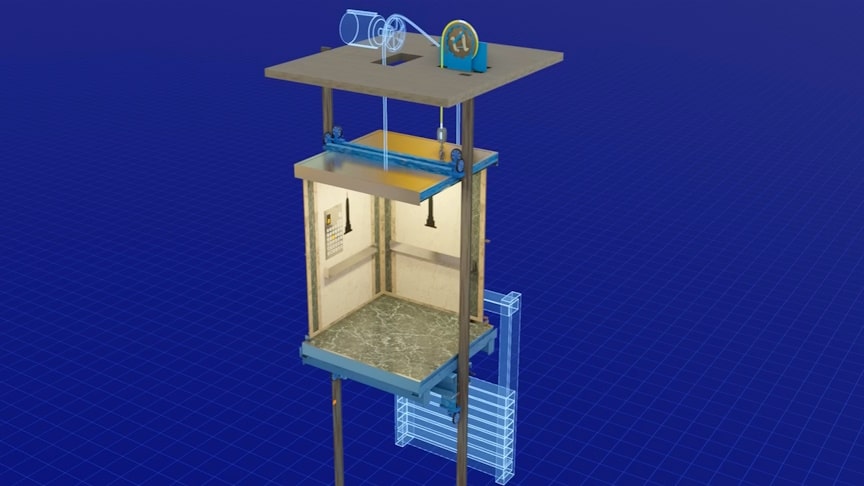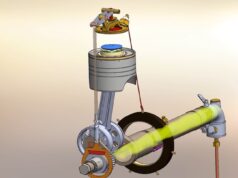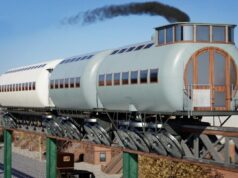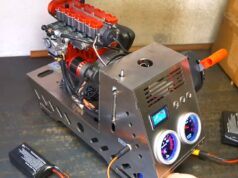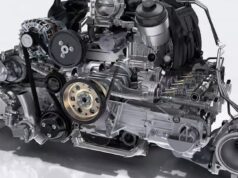The modern elevators will never allow you to free fall. I hope you learned a lot about the fasinating engieering behind the safety mechanisms of elevators. Elevators are built with several redundant safety systems that keep them in position. Modern elevator technology has come a long way in terms of safety features, making elevators safer than ever before.
source.image: Lesics
The first line of defense is the rope system itself. Each elevator rope is made from several lengths of steel material wound around one another. Even if all of the ropes were to break, or the sheave system were to release them, it is unlikely that an elevator car would fall to the bottom of the shaft. Watch the video from Lesics for more info:
There is a device which detects whether the elevator is descending faster than its maximum designed speed; if this happens, the device causes copper (or silicon nitride ceramic in high rise installations) brake shoes to clamp down along the vertical rails in the shaft, stopping the elevator quickly, but not so abruptly as to cause injury.
Advertisement
Roped elevator cars have built-in braking systems, or safeties, that grab onto the rail when the car moves too fast. Critical backup systems that engage during malfunctions to safely stop the elevator. Elevators have advanced electrical components like controllers, sensors, and software systems that work with mechanical parts to ensure safety.

